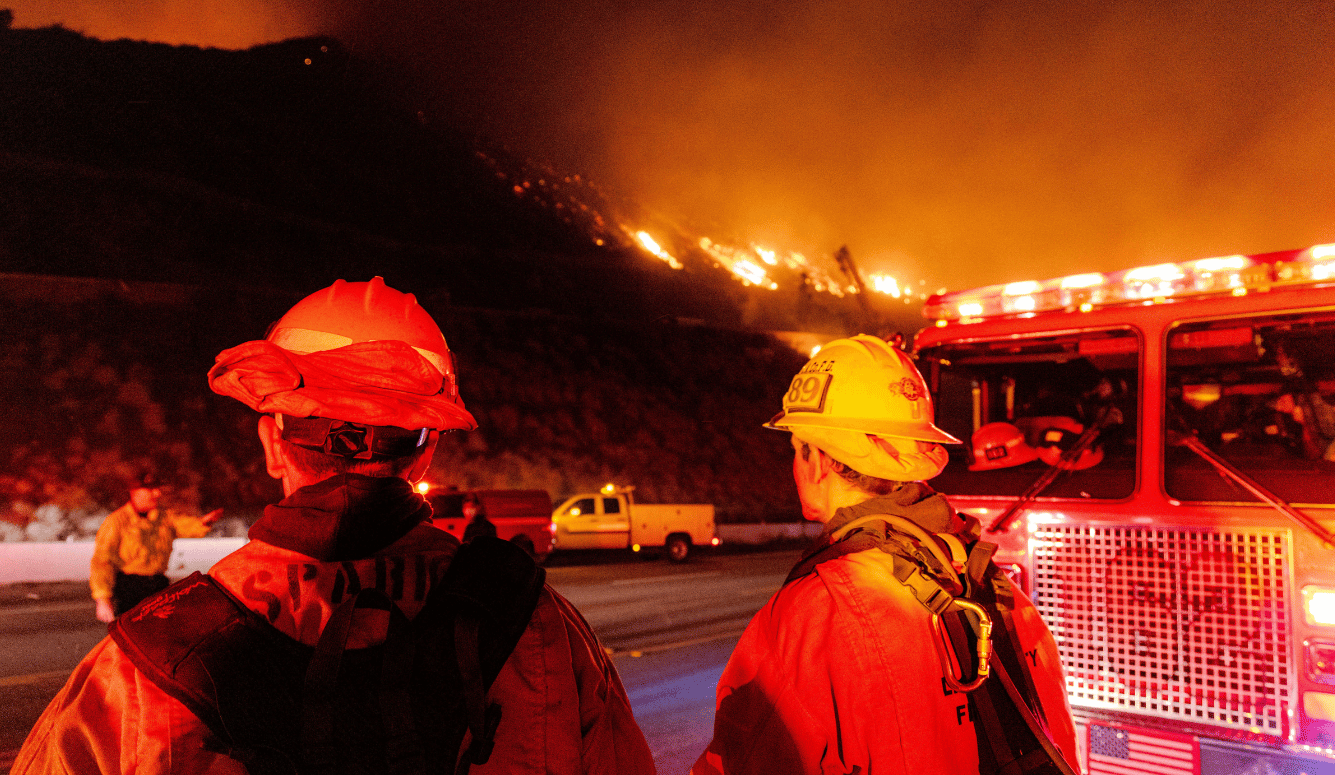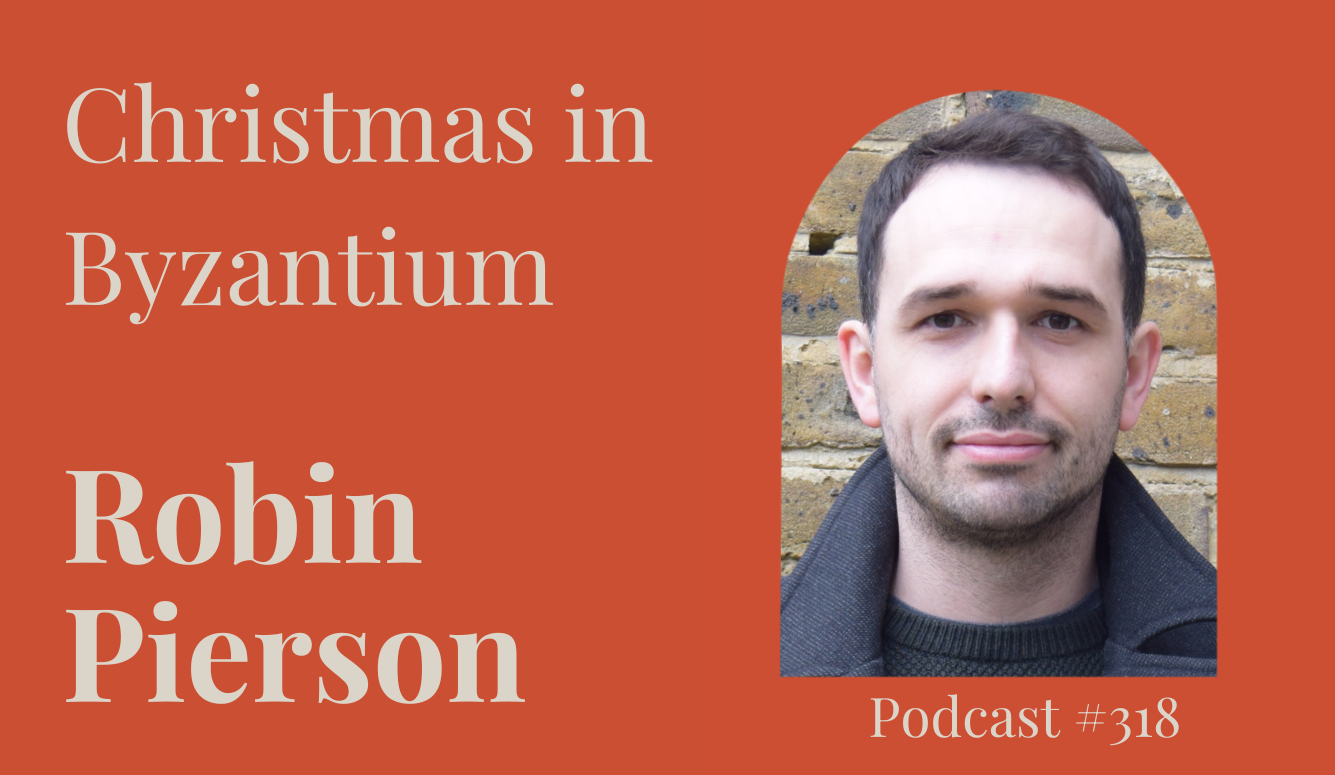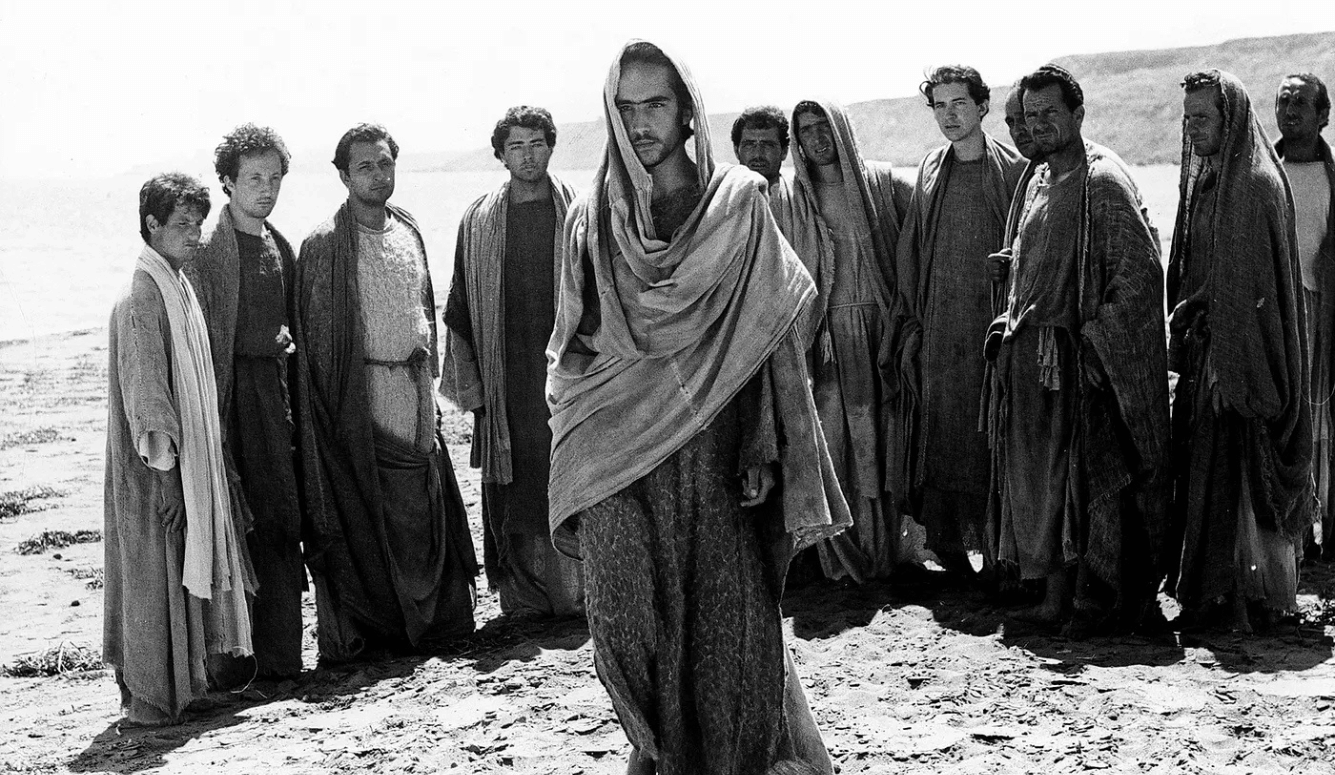forest fires
Three Hard Truths About California’s Fire Crisis
Climate change makes fires more dangerous. Government competence matters. And preventing catastrophic fires requires expensive, unpopular measures.

Australia’s catastrophic 2020 fire season shocked the world, claiming twenty-four lives over months of rural and bushland fires. Now, in just days, fires burning through Los Angeles’s densely populated neighbourhoods have killed sixteen people, with authorities warning the death toll will likely rise as they search affected areas. The Palisades Fire alone has destroyed over 1,000 structures, making it the most destructive fire in Los Angeles history. We are witnessing an unprecedented urban catastrophe.
The videos emerging from Los Angeles this January show harrowing scenes: cars streaming away from glowing hillsides, embers raining down on evacuated neighbourhoods, firefighters standing helpless before walls of flame driven by hurricane-force winds.
The winds during the LA wildfirespic.twitter.com/IbdPaQY9IH
— Massimo (@Rainmaker1973) January 9, 2025
As Santa Ana winds sweep through Los Angeles, pushing fires through neighbourhoods at the rate of three football fields per minute, two competing narratives have emerged. Critics on the right are focused on the government of California, a deep blue state, highlighting Democrat mismanagement. A clip of the leader of the Los Angeles Department of Water and Power declaring that her number one priority is “equity” is hard to watch, especially as it has become apparent that fire hydrants have remained unrepaired, and the Santa Ynez Reservoir has sat empty since February 2024.
There is no question that the local LA government has proven to be incompetent. The aforementioned reservoir, which holds 117 million gallons of water, sat empty for maintenance when the fires began. Smaller tanks holding one million gallons each were quickly exhausted. By early morning on 8 January, firefighters in Pacific Palisades found hydrants running dry as they tried to save homes.
While those on the right are correctly decrying government mismanagement, those on the left are emphasising climate change’s role in creating extreme fire conditions. And unfortunately for the right, this narrative also has evidence to support it. In California, as William Deverell explains on our podcast, the fire season now covers all twelve months of the year. The South Californian region experiences “boomerang cycles”—seven years of hotter and drier conditions followed by three years of colder and wetter periods. These wet periods generate more vegetation, which becomes fuel during the next dry cycle.

As I wrote for Quillette in 2020 in response to Australia’s catastrophic fire season, climate scientists “have correctly predicted that long-term climate-change trends will increasingly interact disastrously with short-term climate phenomena in a way that catalyses and exacerbates extreme weather events.”
The Democrats’ position presents a striking irony. California’s progressive leadership has positioned itself at the forefront of climate change policy, championing emissions reductions and denouncing climate scepticism. Yet when faced with the practical requirements of climate change preparedness, whether conducting controlled burns, maintaining water infrastructure, or restricting development in fire-prone areas—they have proven to be inept. They appear more comfortable with grand pronouncements about global challenges than with the unglamorous work of preparing their own communities for climate realities they themselves warn about.






